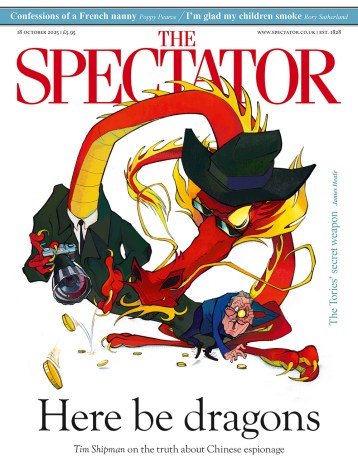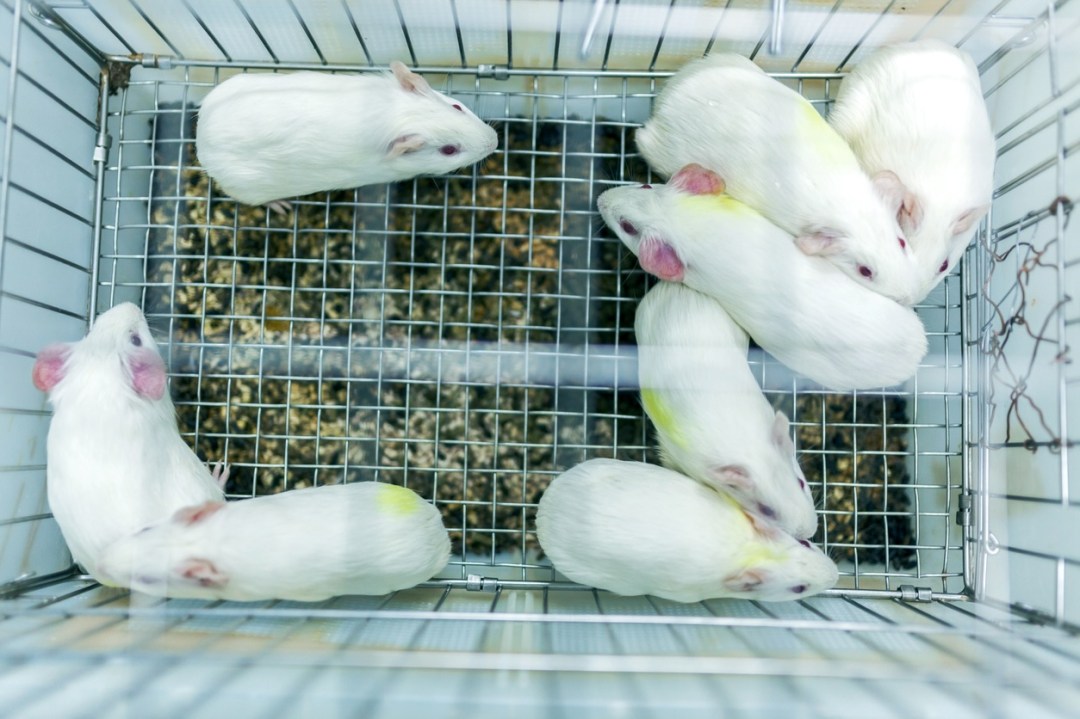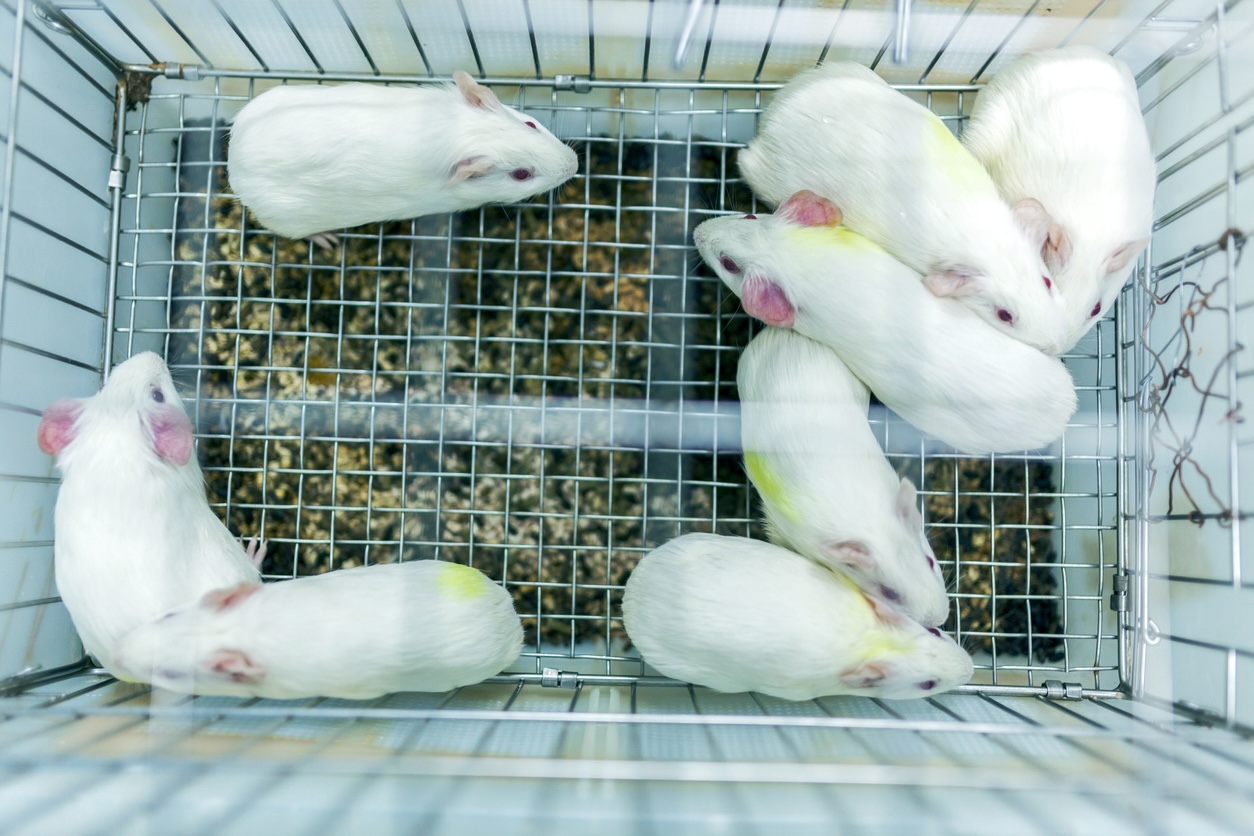Next month is the 30th anniversary of the death of the American ethologist John B. Calhoun. In the early 1960s, he created an series of experiments to discover the causes of social dysfunction. His most famous work involved a so-called ‘rat utopia’ in which rodents were provided comfortable living quarters with unlimited food, water and warmth, and protection from predators. In this cosy environment, the only bar to ratty heaven was that space was limited.
Nonetheless, the happy rats bred prodigiously until their quarters became uncomfortably overcrowded. This lack of space meant they were unable to control with whom or how often they came into social contact. Routine acts like feeding, grooming, nest-building and rearing young were all interrupted by an abundance of social contact.
When faced with conflict over space, the adrenal system kicked in: fight or flight. The problem was that with nowhere to run to, savage battles erupted. Cannibalism and infanticide soon took hold. Even without hunger or disease, some groups saw infant mortality reach as high as 96 per cent. Too much contact with other rats meant increasing disruption to the rearing of young, even when they weren’t being intentionally killed.
Meanwhile, growing numbers of males became hyper-sexual, exhibiting what’s described as poly- or pansexual behaviour while many turned to homosexuality. Calhoun termed some of them ‘the beautiful ones’; males that ate, drank, slept and groomed themselves and chose never to fight or seek out a mate.
He described this as the ‘first death’, the loss of social skills that irreparably damaged the functioning of the group. Then came the second death, when the population quickly died out, despite the continued abundance of food and water.
Some rats were removed from this hyper-sexual, hyper-violent world. Yet when they were returned to a normal rodent environment they continued the strange behaviour that they had acquired in Calhoun’s quarters: he dubbed them ‘autistic-like creatures’. He noted that they no longer associated with their fellow rats, abstained from all forms of sex, and remained celibate and inviolate until they died of natural causes.
Aberrant behaviour would increase until it became dominant
The conclusion that Calhoun drew from his experiments was that these rats predicated what would happen to humans, crowded into our overpopulated cities. Aberrant behaviour, Calhoun said, would increase until it became dominant in such an unnatural environment, and deviant sexual habits or complete abstinence would become ever more common. Violence would also increase, and unless our numbers were controlled and drastically limited, the lives of mankind would once again revert to being, in the words of the philosopher Thomas Hobbes, ‘nasty, brutish and short’.
So, was Calhoun correct? Squeezed into our ever tighter spaces, jostled on every side by our fellow creatures, and finding it increasingly difficult to breathe clean air or drink pure water, or even find our own room to be ourselves, are we destined to follow the rats into neurotic oblivion? Looking around, and observing our hyper-sexualised world and the prevalence of petty crime and disorder, it is difficult to be optimistic.








Comments